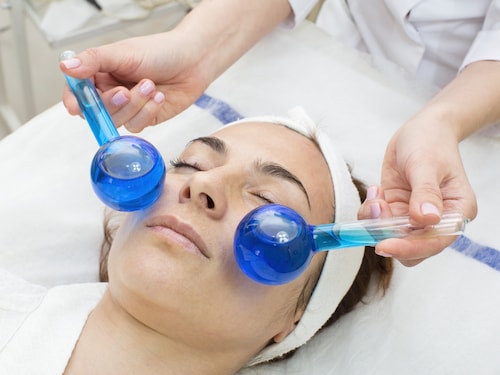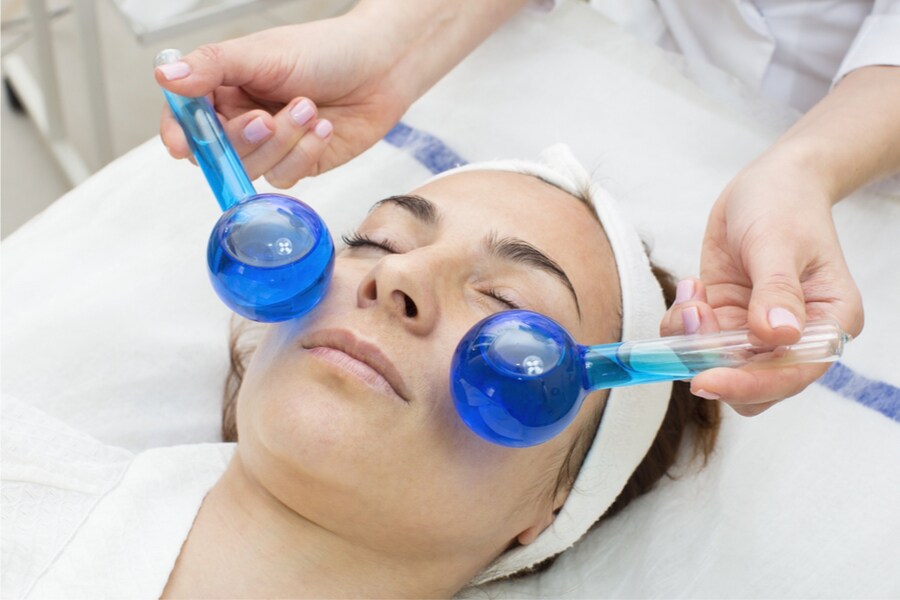Ice globes: Coolest new beauty must-haves
After natural skincare products and techniques from Japan and China, ice globes are emerging as a new beauty trend as we head into 2022


 After natural skincare products and techniques from Japan and China, ice globes are emerging as a new beauty trend as we head into 2022. (Svitlana Hulko / Shutterstock)
After natural skincare products and techniques from Japan and China, ice globes are emerging as a new beauty trend as we head into 2022. (Svitlana Hulko / Shutterstock)
Throughout 2021, social networks were invaded by new beauty techniques dedicated specifically to skincare. And anything and everything goes, it seems, when it comes to achieving healthy, naturally glowing skin, without requiring multiple layers of makeup. The champions in the matter are none other than TikTokers, who doubled down on ingenuity all year long to propose innovative techniques—often revamping age-old tricks—to combat redness, dullness and other imperfections.
This is undoubtedly the case of ice globes, the new skincare trend to try in early 2022. Such is the hype that the global search platform Stylight* has seen a 97% increase in clicks for the Skin Gym brand—known for its many facial tools—between November and December 2021. The search engine also reports a 194% jump in search interest for ice globes during December 2021, according to Google Trends data.
On TikTok, the trend has been growing for several weeks, already counting more than a million views for the #iceglobe hashtag, and more than nine million views and counting for #iceglobes. And this is just the beginning. Overall, ice globes form part of a larger phenomenon that involves drawing on the riches of nature—sometimes among the simplest—to get healthy and flawless skin. And what better way to do that than with water, a beauty tonic that"s as old as time and (virtually) free of charge?
* Stylight figures are based on the analysis of its own data and Google Trends data for November and December 2021, unless otherwise stated.
First Published: Jan 08, 2022, 10:00
Subscribe Now